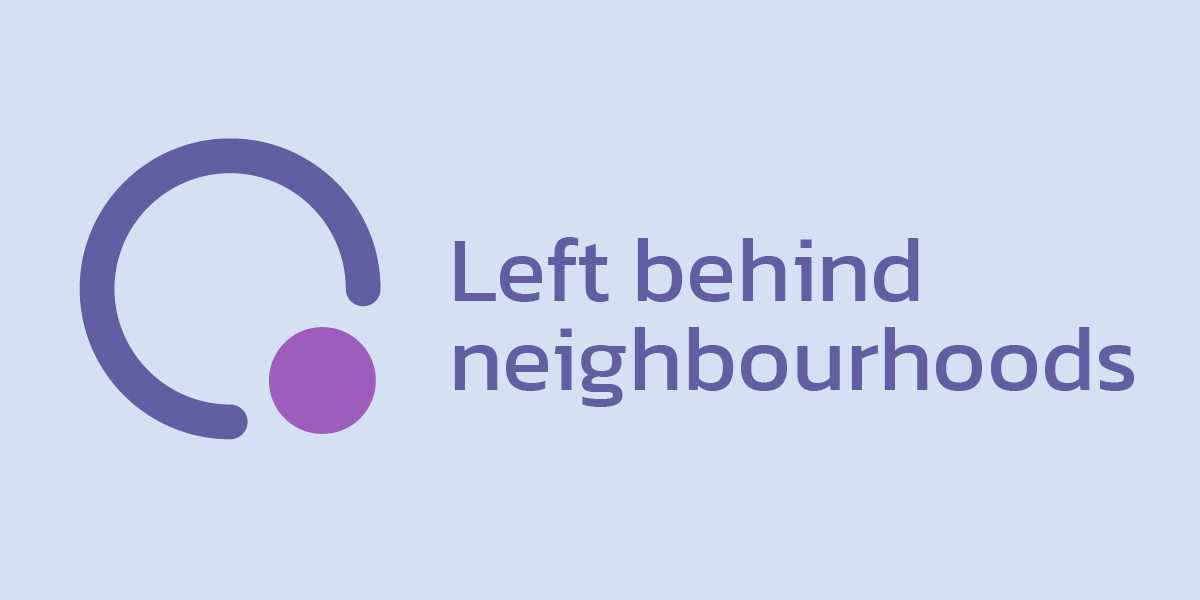
Continuing our exploration of themed collections of indicators we take a look at how Local Insight can help study and identify the challenges of climate change at a local level.
COP26 has ended, and a “code red for humanity” still looms, the precedent to address the worst impacts of climate change continues. Rapid decarbonisation, and achieving ‘net zero’ is now contingent on mitigation and adaptation through major adjustments and structural change. But while COP26 focuses on a grand scale response to the many challenges of climate change and what nations, international organisations and industry can do, we want to look at a level more relatable to our communities.
Areas that have high levels of deprivation and low social infrastructure are more likely to be disproportionately affected by climate change. Without significant intervention, disadvantaged communities, and especially those deemed ‘left behind’, will bear the brunt of climate change. Neglecting these areas further could weaken the efforts to achieve net zero, worsening the impact of climate change for all. The APPG’s recent report on ‘Levelling up through climate action, A once in a lifetime opportunity to make sure no neighbourhood is ‘left behind’, addresses climate change action with a particular focus on the challenges faced by ‘left behind’ neighbourhoods.
‘Left behind’ neighbourhoods are vulnerable to climate change because of the adversity they face in outcomes on an environmental, social and economic level.
‘Left behind’ neighbourhoods located in coastal areas will be more exposed to climate-related risks such as rising sea levels and coastal and sea defence erosion. Extreme weather events including flooding will pose a heightened risk, too, as many coastal areas are located in national flood zones.
A lower density of green assets in these areas may also be problematic. These green spaces provide a natural cooling effect and aid draining in high rainfall, not to mention, providing a connection to nature, which will only grow in importance as practices such as social prescribing become more commonplace.
In terms of energy efficiency, poorly insulated homes in these neighbourhoods will require retrofitting. These types of adaptations may be costly or not reach the areas that need it most without dedicated funding.
These environmental risk factors coupled with lower levels of resilience, brought about by a lack of community and civic assets in these neighbourhoods, will undoubtedly stifle their response to climate shocks.
The lack of social infrastructure and community assets in ‘left behind’ neighbourhoods is likely to impede effective community action and activities. This is particularly important if people are to engage in an effort to address climate change in their communities. The lack of community spaces and connectivity will also hamper community-led responses to external shocks, such as incidents of extreme weather and local flooding. Communities in these neighbourhoods also lack networks that enable them to access funding resources, further reducing their ability to take effective action on a local scale.
Considerable transition is needed to meet net-zero targets. Any alterations or structural changes could affect ‘left behind’ neighbourhoods and risk them falling further behind if they are poorly managed. Changes to adapt to a zero carbon strategy in areas such as energy, housing and transport may be costly to these neighbourhoods; and local economies in these areas may be less resilient to changes in the labour market too. Areas with skills gaps will find it hard to transition to a green economy. The lack of job opportunities in ‘left behind’ neighbourhoods, and lower than average levels of educational attainment, will make it difficult to transition to new opportunities. Transitioning to new opportunities will also be made less available by the poor transport connections in these areas. This means that they are at risk of falling behind from any economic benefits brought about by new industries and jobs created to manage climate adaptation.
The APPG report details actions and policy recommendations to help ‘left behind’ neighbourhoods transition in the face of climate change:
Using indicators on Local Insight, we can develop a local picture of areas more vulnerable to climate change and its effects. Here’s an example of some indicators we have on Local Insight that are related to this topic:
A new need for deeper place-based insight When Arts Council England launched…
More
The 2025 Index of Multiple Deprivation (IMD) provides an updated view of…
More
The English Indices of Deprivation 2025 (IoD 2025) have now been published…
More